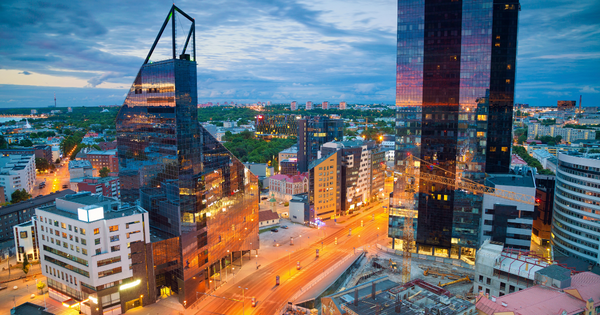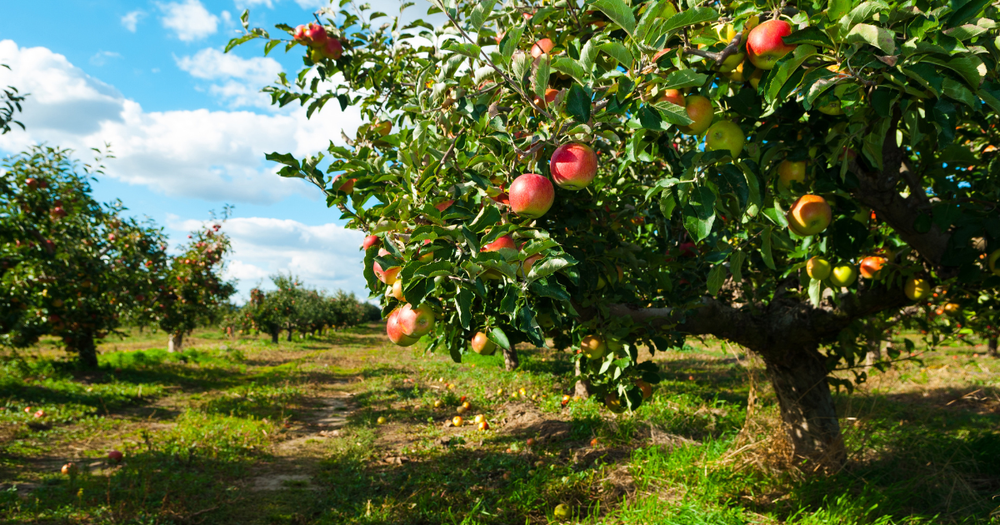Plastic is the paradox of modern life. It is light, cheap, strong, and adaptable—qualities that have enabled breakthroughs in medicine, food safety, transportation, and technology. It is also stubbornly persistent, fragmenting rather than disappearing, and now permeates every corner of the planet, from ocean trenches to mountaintops and even the air we breathe. The same traits that make plastic so useful—durability and resistance to degradation—are what power a global pollution crisis. Addressing it requires both innovation and intention: new materials and systems designed for circularity, alongside everyday choices that reduce demand for single‑use convenience in favor of long‑term value.
To understand why this matters, consider the scale. Each year, humanity produces more than four hundred million tons of plastic, a staggering volume that has outpaced waste systems in many regions. An estimated eight million tons of plastic enter the oceans annually, a conveyor belt of debris carried by rivers, wind, and storm drains to coastlines and gyres. Plastic is now found embedded in Arctic ice, settled on deep‑sea floors, and drifting as microplastics—particles smaller than five millimeters—through water, soil, and air. The impacts cascade through ecosystems: seabirds starve with stomachs full of plastic; turtles, fish, and marine mammals become entangled in nets and lines; coral reefs are abraded and infected as debris accumulates. On land, plastic clogs drainage systems, exacerbates flooding, and leaches additives into soils. The climate connection is inescapable: plastic is largely made from fossil fuels, and emissions arise at every stage—from extraction and refining to manufacturing, transport, incineration, and even slow degradation that releases greenhouse gases over time.





